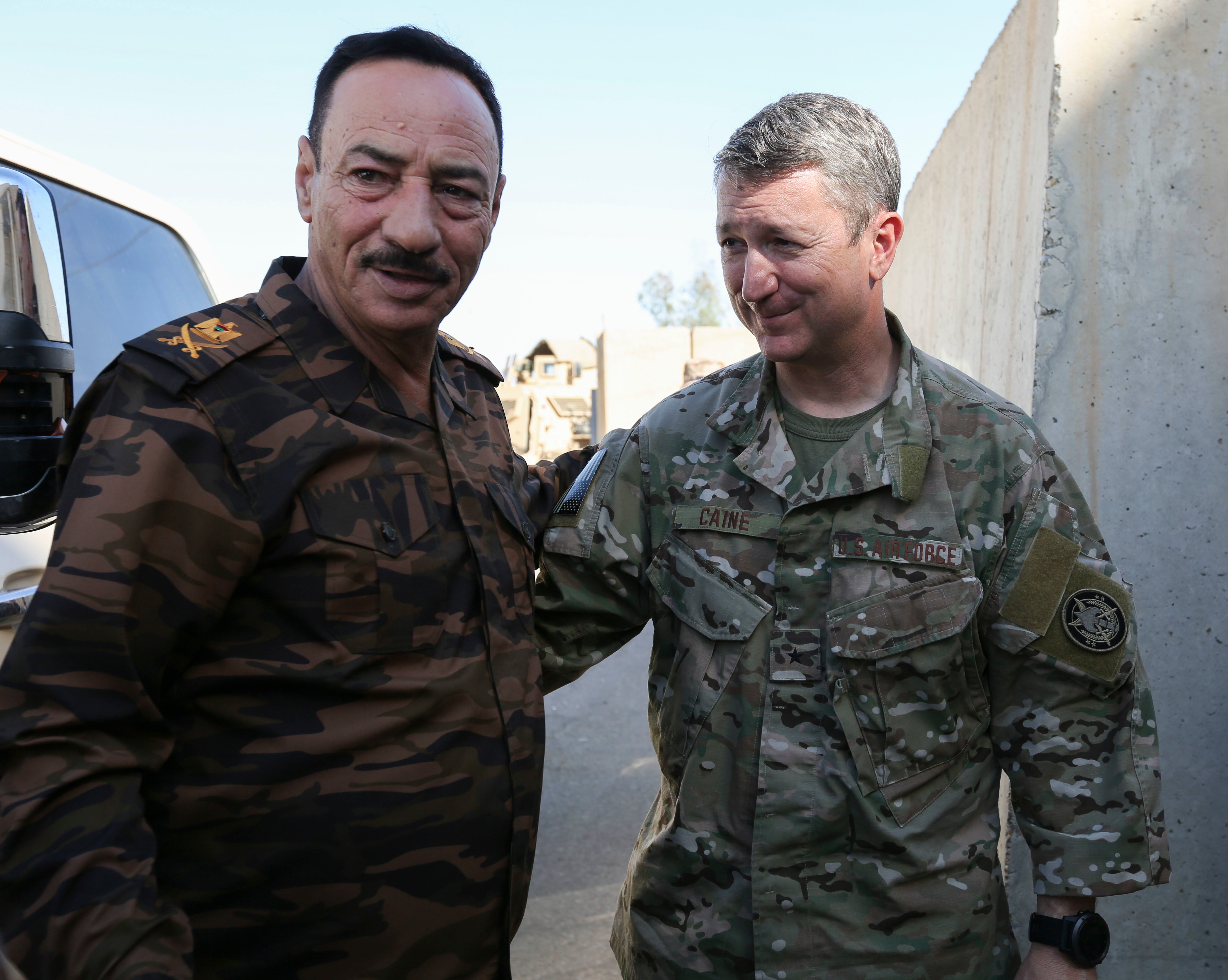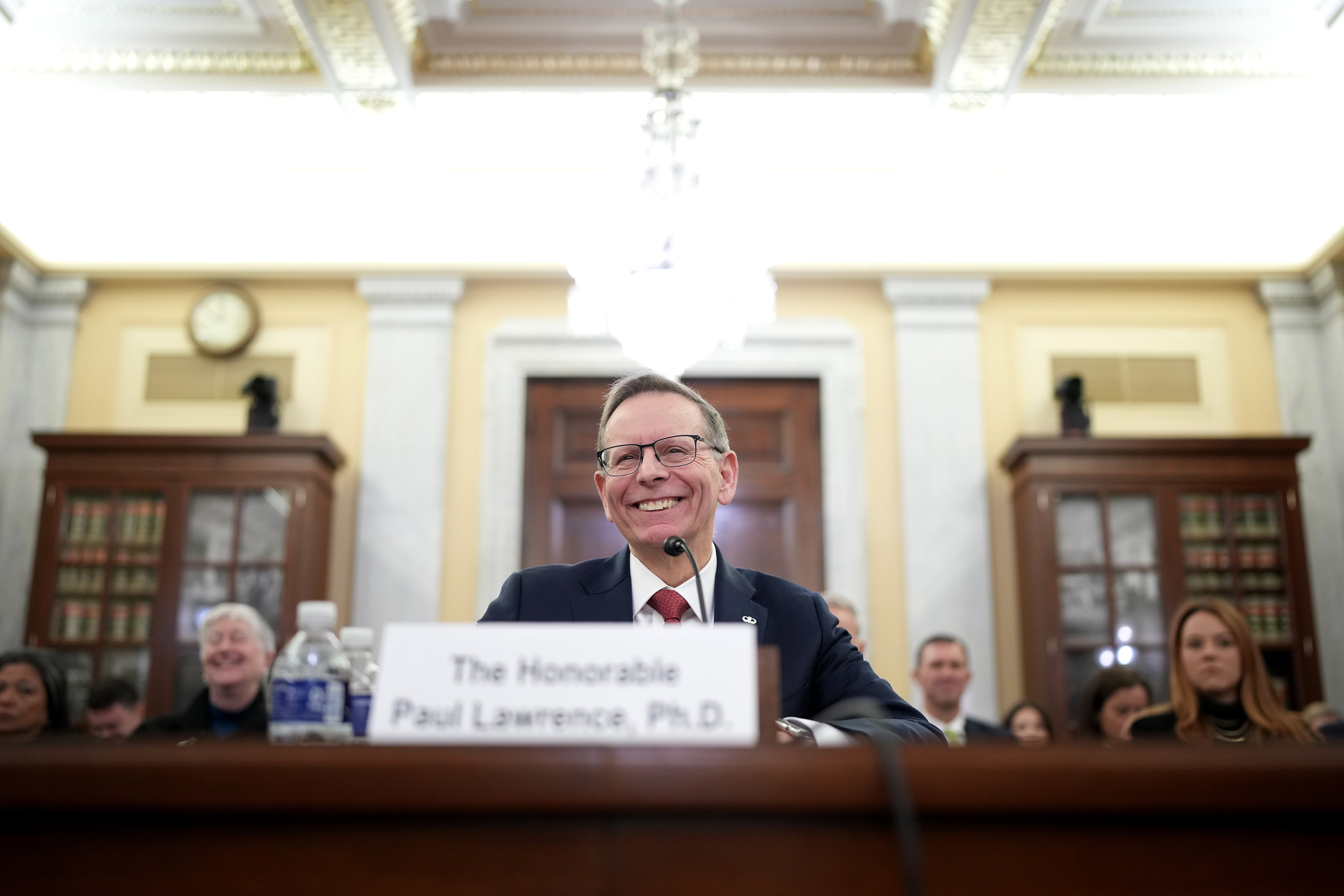WASHINGTON — The uniformed head of the U.S. Navy is preparing to depart Washington and visit the stricken amphibious assault ship Bonhomme Richard, after crews took more than four days to extinguish a major conflagration that has gutted the ship.
Chief of Naval Operations Adm. Michael Gilday will fly to San Diego Friday to inspect Bonhomme Richard and ask some initial questions as he charts the course ahead for the service that has seen more than its share of troubles in recent years, he told Defense News in an exclusive interview.
In response to the fire, Gilday ordered the heads of Fleet Forces Command, U.S. Pacific Fleet and Naval Forces Europe to solicit direct feedback from ships’ commanding officers to ensure they have the people and adequate training to protect ships in port from fire and flooding.
“What I had the fleet commanders do this week was to say: We need to make sure our equipment is ready, we need to make sure our people are trained and we need to make sure our procedures are rehearsed and sound so that we are able to handle flooding or fire.”
The CNO’s comments come in the wake of the worst in-port disaster the Navy has seen since the 2012 fire on board the attack submarine Miami, which suffered a major conflagration while in deep maintenance at Portsmouth Naval Shipyard in Maine, an incident that was later determined to be arson. The Bonhomme Richard fire, which experts fear may have damaged the “big deck” amphib beyond repair, raises troubling questions about how prepared sailors are to combat one of their most fearsome enemies: A shipboard fire.

One of the issues Gilday wants immediate clarity on is whether the commanding officers on the waterfront believe they have enough sailors in their duty sections — a rotating group of sailors from the ship’s crew designated to stay aboard the ship for 24 hours to handle emergencies and stand security watches.
“I’ve got the entire fleet doing a stand down, if you will, for every unit to report up to their [immediate superior in charge] across those three areas of what the commanding officers’ assessments are right now: Their honest assessments,” Gilday said, referring to the readiness of their crews’ training and equipment and emergency procedures.
“That includes how our duty sections are manned,” he continued, “whether they are manned with the right talent and at the right numbers; whether the people in those duty sections are fully qualified and able to handle something of a magnitude of Bonhomme Richard; whether or not a ship in maintenance availability with firefighting systems out of commission for maintenance, are there proper mitigations in place to account for that? Do the duty sections need to be increased to be able to execute those mitigations?”
The Navy is preparing to launch dual investigations: A safety investigation, which are generally not released to the public so that witnesses can feel free to speak openly, and a more formal administrative investigation, which generally comes with disciplinary recommendations and are releasable to the public.
Once those investigations are finished, Gilday will determine whether a broader examination of the Navy’s culture is necessary.
“This is a very, very serious incident that I think will force the Navy to stand back and reevaluate itself,” Gilday said. “We’ve got to follow the facts, we’ve got to be honest with ourselves and we’ve got to get after it. My intention, once the investigations are done, is to make this available for the public to debate, including what we need to do to get after any systemic problems that we might have.”
RELATED

Miami revisited
Among the foremost questions in Gilday’s mind is whether the Navy fully absorbed the lessons learned from the fire aboard the Miami in 2012.
“Since Sunday, when this fire broke out, I’ve been on the phone constantly about that fire,” Gilday said. “But one of things I did on Sunday was I read the report of the Miami fire back in 2012. There were a number of recommendations coming out of that incident.
“One of the questions I have is: Did we fully and adequately implement those recommendations? Because that fire was probably the most recent similar mass-conflagration we’ve had. We learned from that. When we completed the investigation, did we just leave it in the rear-view mirror or did we, no kidding, take it seriously?”
That investigation found that over time the Navy had gradually and unintentionally accepted higher and higher risk for fire in the industrial environment at the shipyard, when key fixed firefighting systems are deactivated and compartments designed into the ship to create fire boundaries are compromised by hoses, cables and ventilation ducts running through open hatches. The investigation also found that Federal firefighters at the shipyard weren’t adequately trained for shipboard firefighting.

Further exacerbating the issues with Federal firefighters being inadequately trained was that command and control for fires that required assistance from off-board firefighters, which was the case on both Miami and Bonhomme Richard, was unclear and resulted in disjointed firefighting efforts.
And the investigation found that there was no single organization in the Navy tasked with incorporating damage control lessons learned into fleet training and procedures.
As for the next steps, Gilday said he’s operating with a sense of urgency and on the assumption that the issues that contributed to the Bonhomme Richard disaster could apply at other commands.
“Could there be another Bonhomme Richard waiting to happen? If you go back to 2017, who would have predicted we’d have had two collisions of that magnitude within a month?” Gilday said. “So, I’m not waiting for ‘number two’ to decide we have a trend here. In a situation like this, one incident is enough for me to determine that there could be a trend and I’m not going to leave it to chance that there might be.”
David B. Larter was the naval warfare reporter for Defense News.




